2023
News list
-
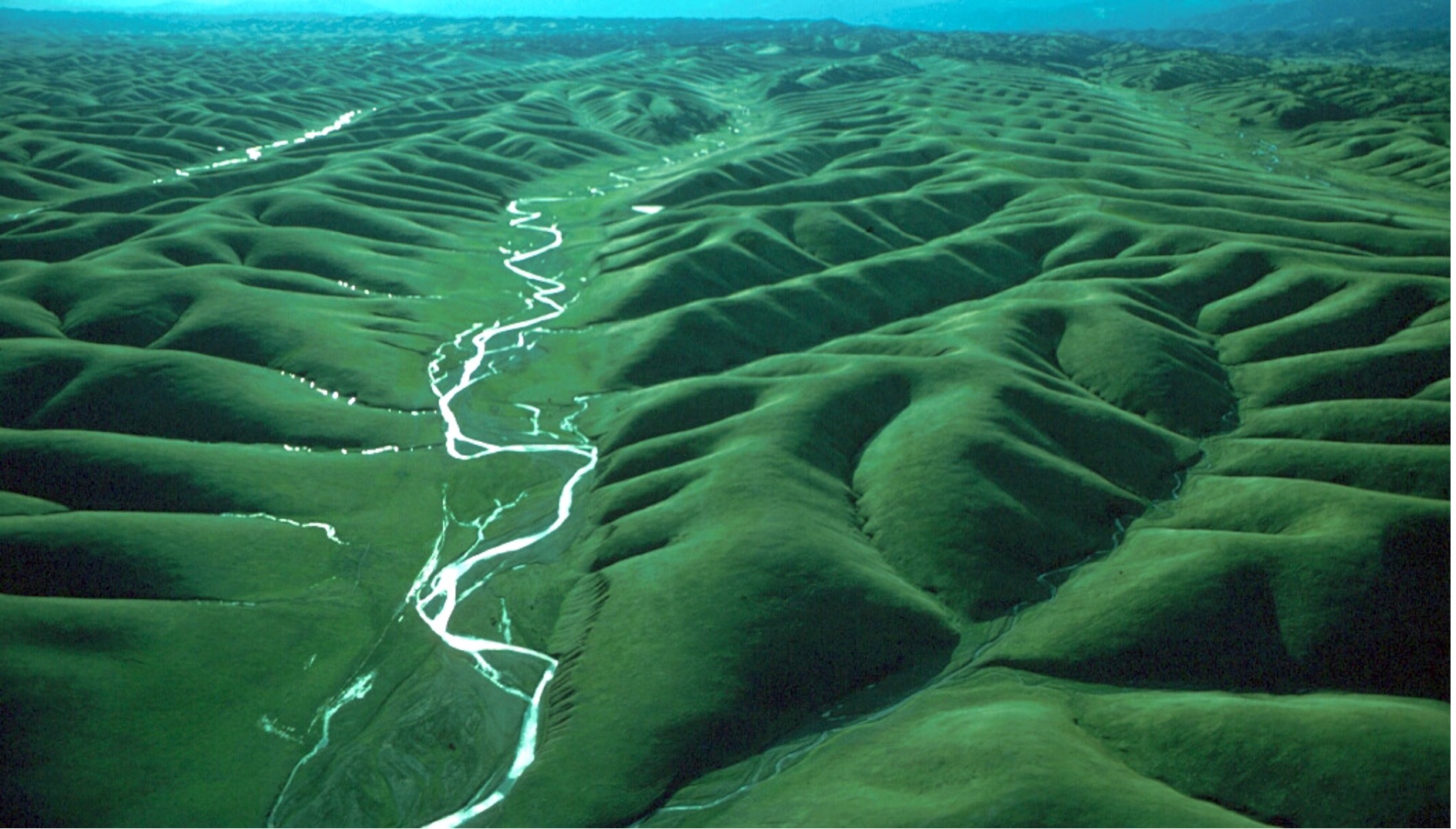
The fingerprint of groundwater shapes the Earth's landscape
River networks are striking features engraved into the surface of the Earth, shaped by uplift and erosion. It is still unclear which erosional mechanisms created these distinctive geometric signatures on Earth. A new paper shows the contribution of groundwater to shaping river network branching angles.
-
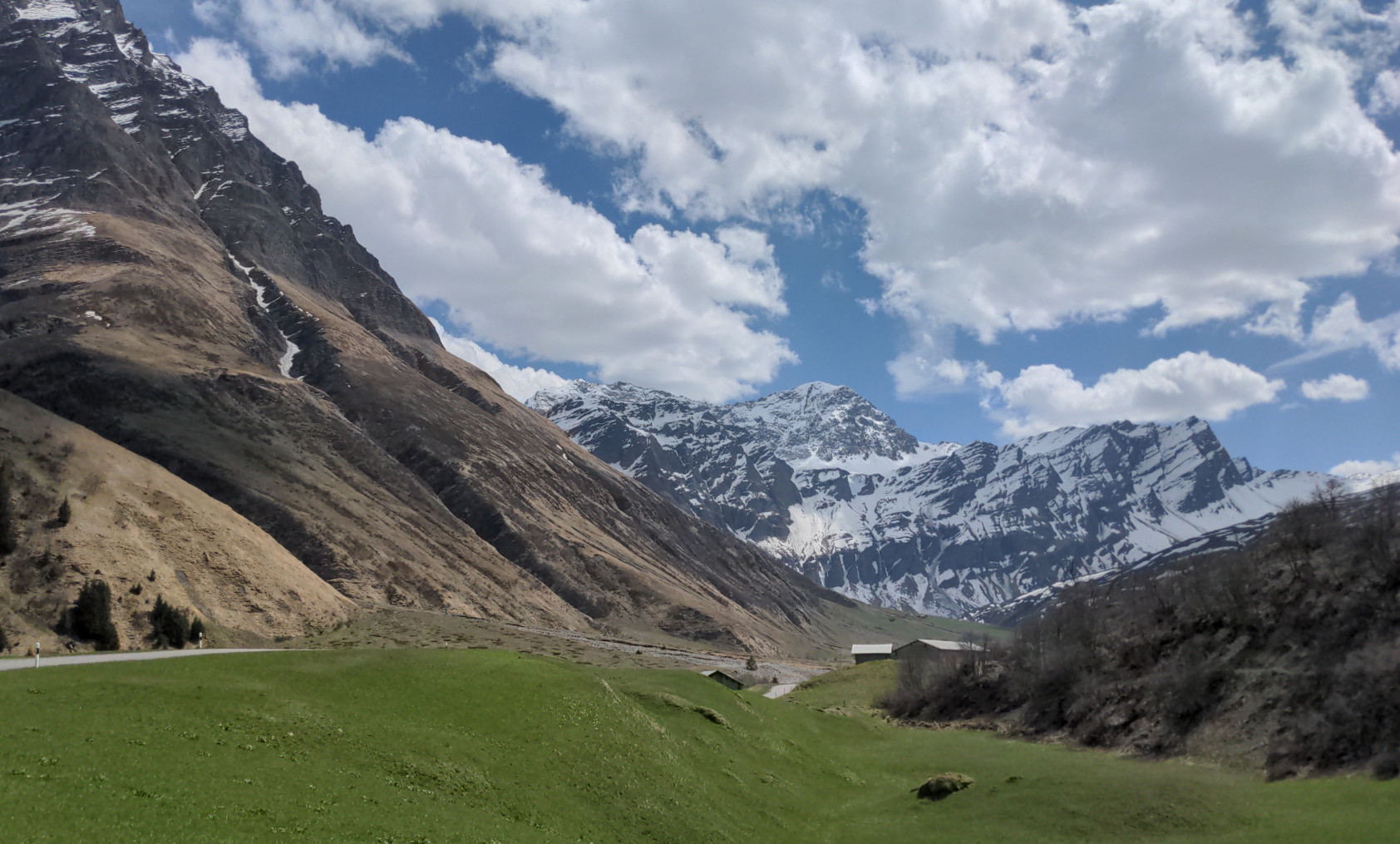
Which Swiss Park is your favourite recreation destination?
You don’t know? That’s maybe because you have not visited all twenty of them (yet)? Fortunately, you might not need to use your precious free time to empirically determine your favourite park. A recent publication might offer a more efficient way, by providing you with some guidance from the crowd: A team of researchers from the Department of Geography created profiles of Swiss parks with user generated content for you to find the one you like.
-
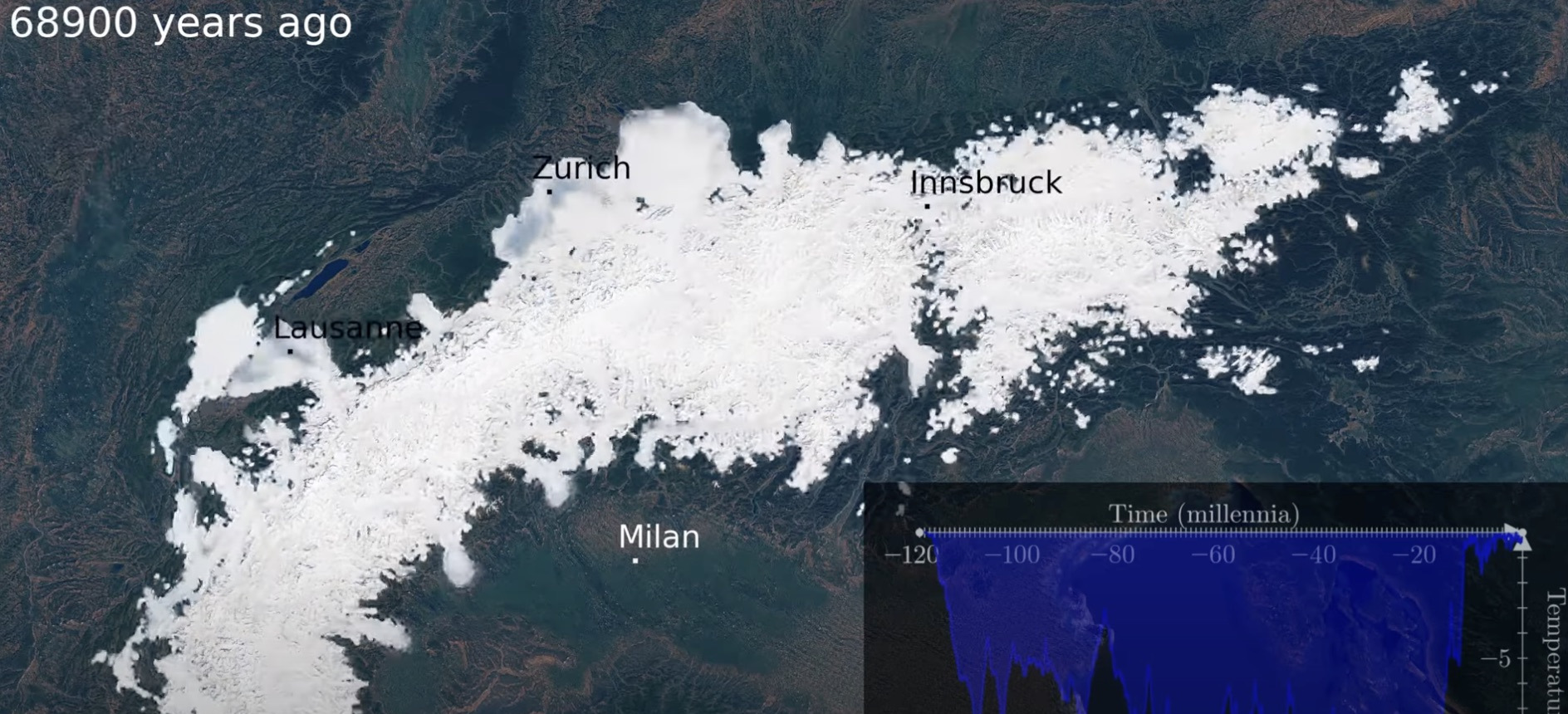
A simulation to visualize the evolution of Alpine ice cover over the last 120,000 years
Scientists from the universities of Zurich, Lausanne and Bern have developed an unprecedented simulation which, in just 80 seconds, shows the evolution of glaciers in the Alps over the last 120,000 years. This complex computer model is the fruit of intensive collaboration between climatologists, glaciologists, and geologists.
-
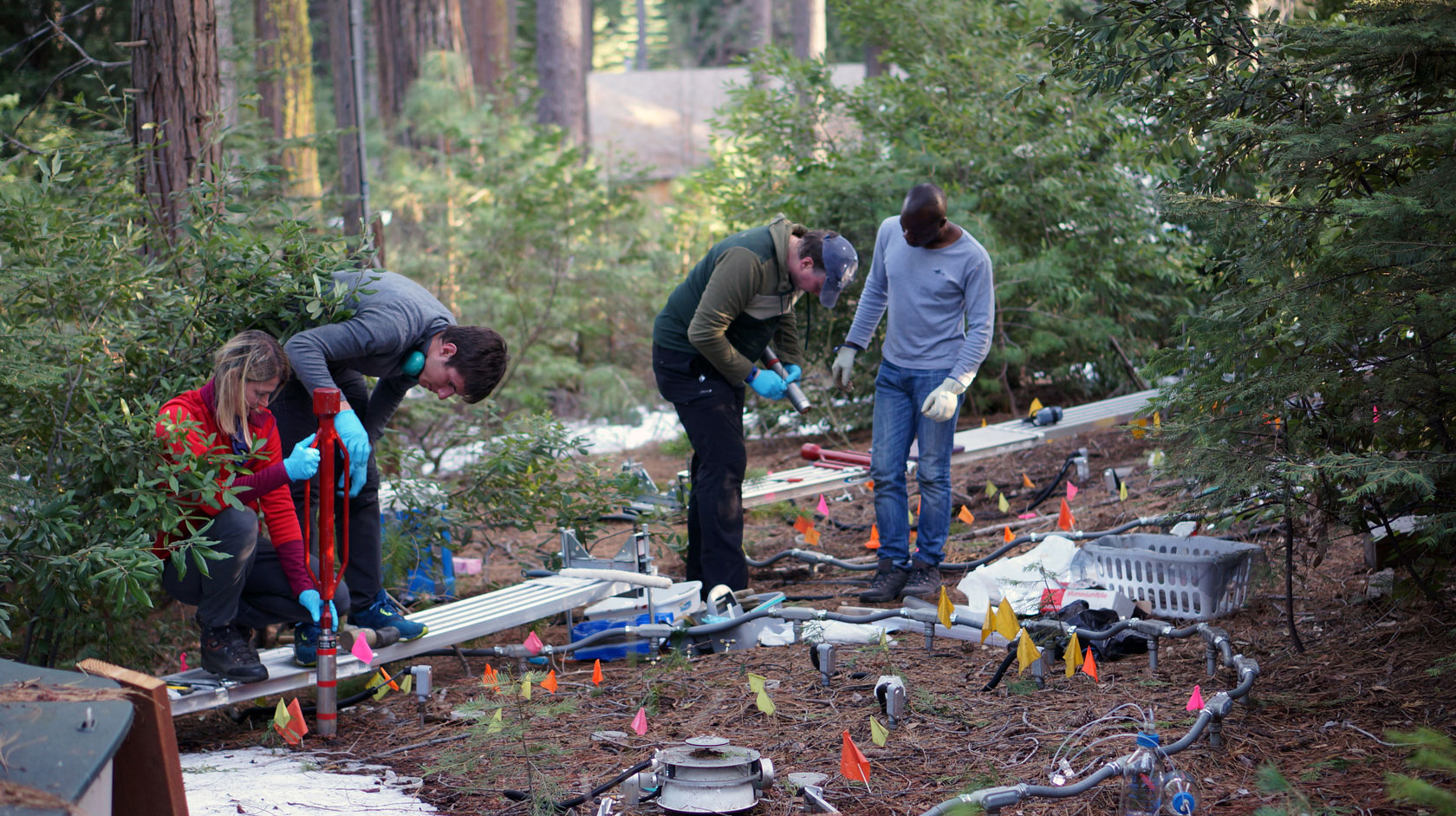
Climate Change Releases Carbon Stocks Deep Underground
Subsoils are the largest storehouses for carbon, as well as one of the most important sources of carbon dioxide in the atmosphere. Global warming is accelerating the decomposition of soil humus. It is also affecting the waxy and woody compounds which help plants store carbon in their leaves and roots and were previously thought to be stable. These are the findings of a study conducted by researchers from the Department of Geography in the Sierra Nevada National Forest.
-
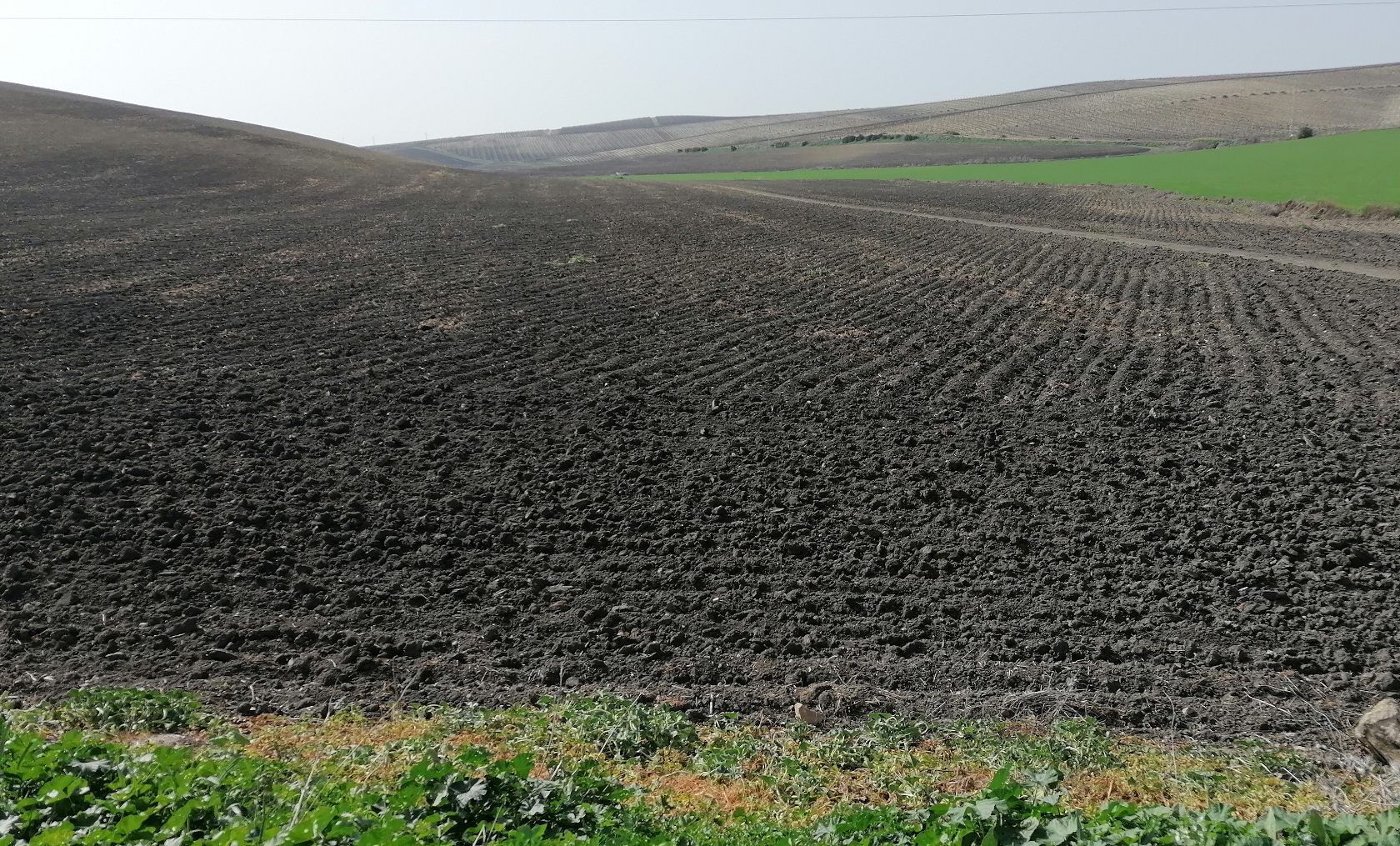
Microorganisms are key to storing carbon in soils
Microorganisms play a key role in soil carbon storage, as shown by an international collaborative study involving researchers from the Department of Geography. Microbial carbon use efficiency is at least four times more influential than other biological or environmental factors when it comes to global soil carbon storage and distribution. The results have implications for improving soil health and mitigating climate change.
-
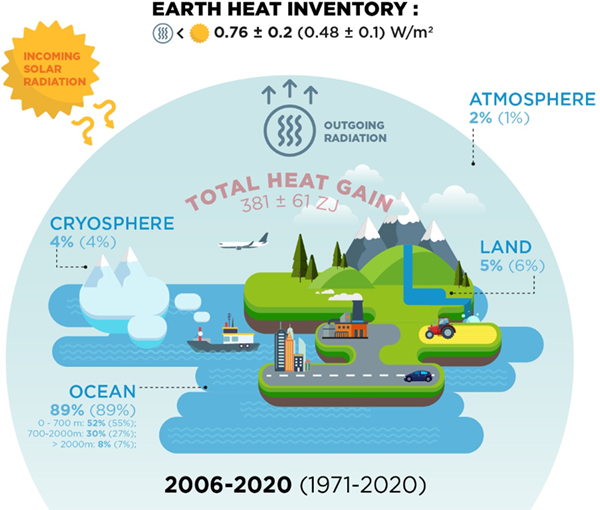
Heat stored in the Earth system 1960–2020: where does the energy go?
Our "out-of-balance" Earth accumulates more energy than it loses. But how much and where? An international, multidisciplinary research team used carefully calibrated, cross-checked, and well-documented data from the ocean, land, ice, and atmosphere. The World Glacier Monitoring Service (WGMS) contributed the glacier data and calculations.
-
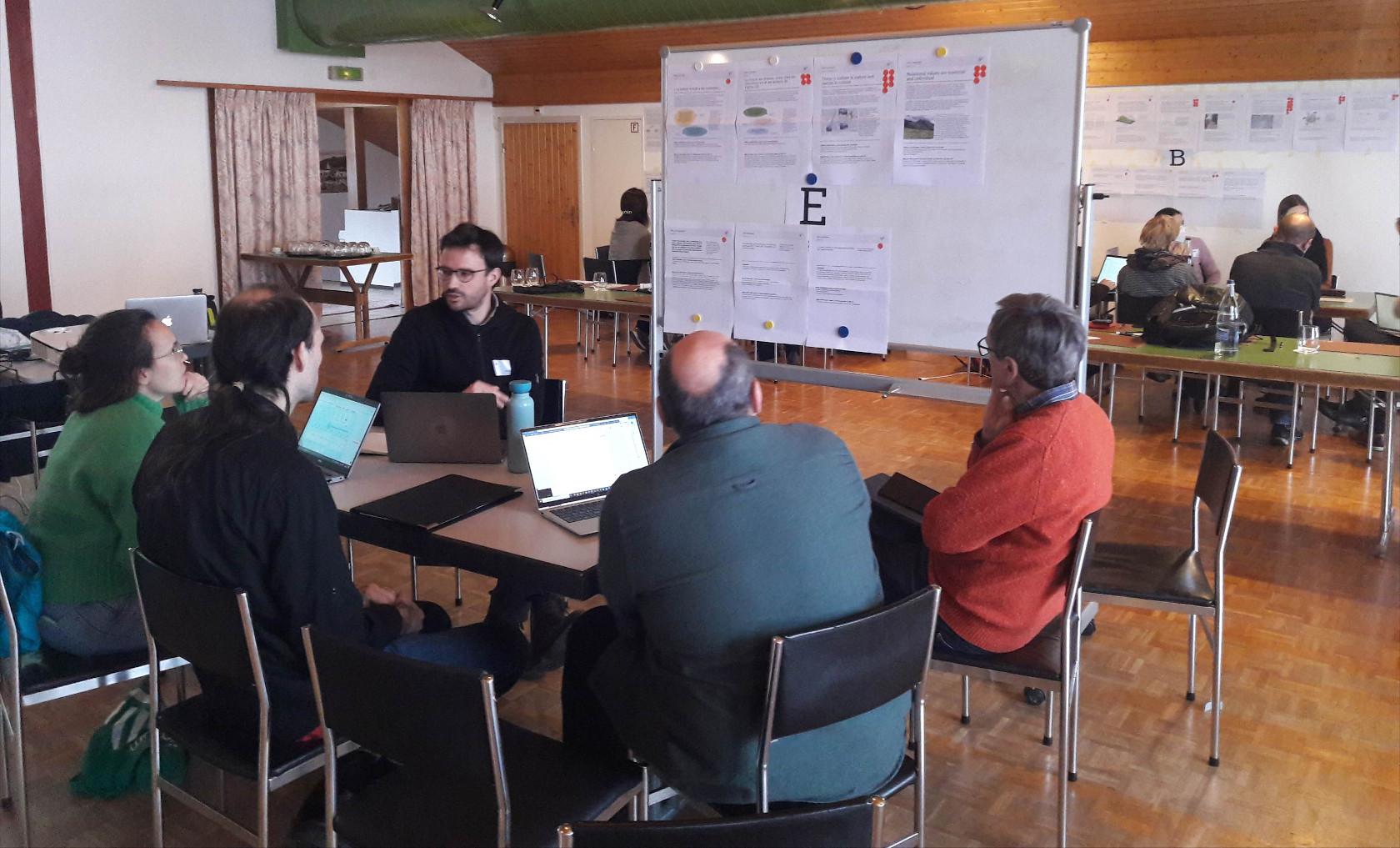
Empowering policy relevance of our research
The impact of our research is often measured in the number of publications or related indices. The impact on policies and practitioners is more difficult to assess and less recognized in academia. With this initiative, we aimed to strengthen the societal relevance of our research by fostering different pathways of science-policy-interfaces.
-
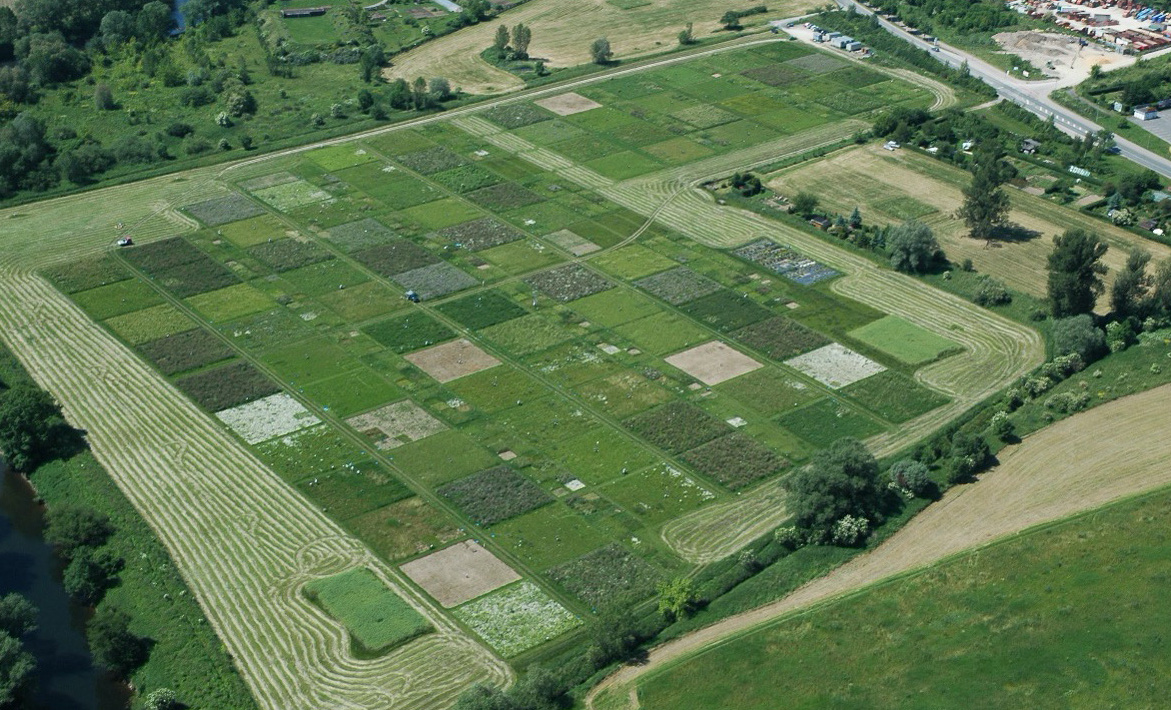
Grassland ecosystems become more resilient with age
Reduced biodiversity affects the stability of the entire ecosystem. A long-term experiment now shows that grassland plant communities with multiple species need about 10 years to adjust to each other and produce an even amount of biomass again.
-
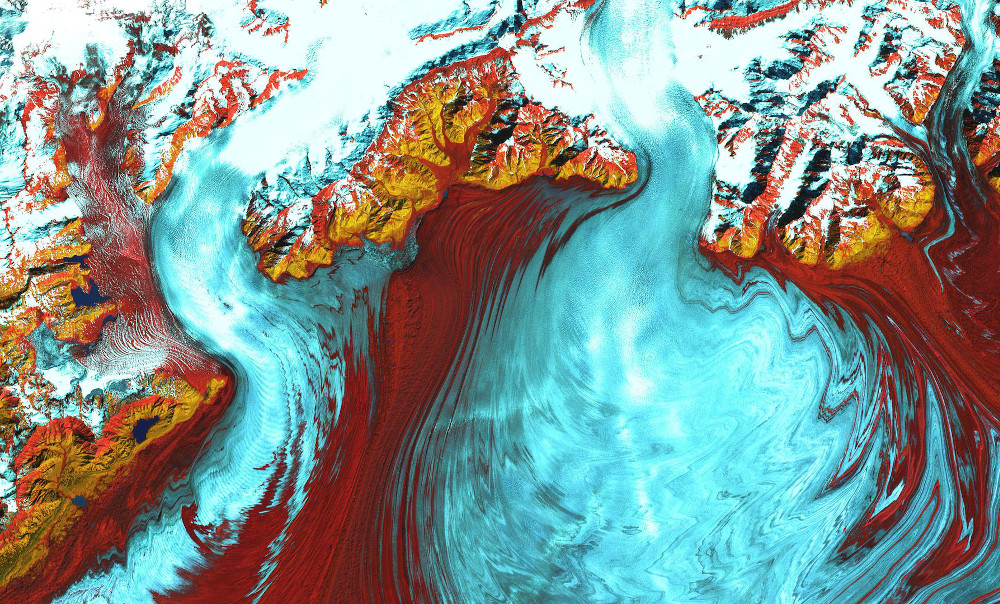_100x604_web.jpg)
Which glaciers are the largest in the world?
This question is often asked but not easily answered. It depends on how a glacier is defined and on the availability, quality and consistency of digital glacier outlines at a global scale. A joint paper by the US National Snow and Ice Data Center and the World Glacier Monitoring Service now provides the answer.